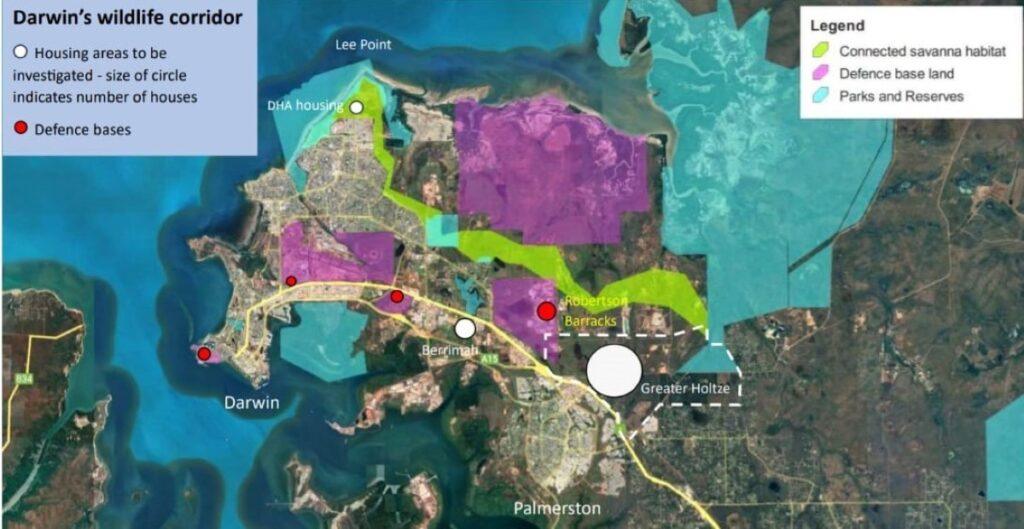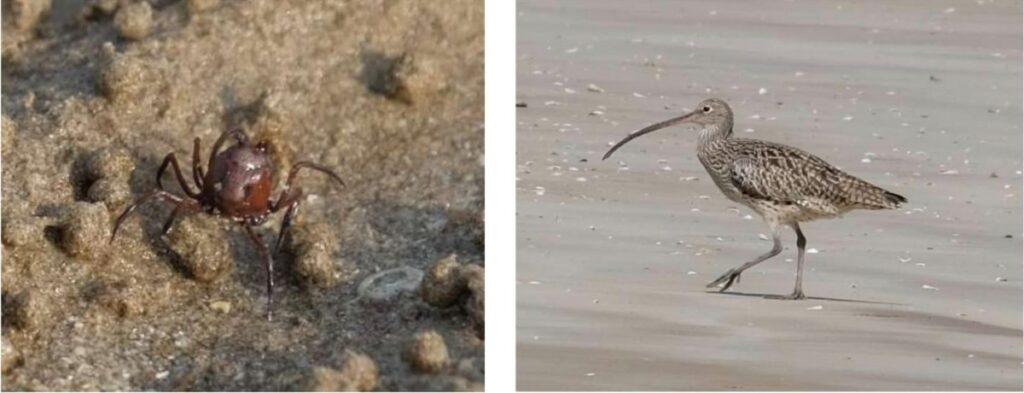
Greetings Friends,
This monthly newsletter (No. 46) includes, Darwin birds and biodiversity, old-growth forest and DHA, Christmas ideas, quiz, plants and wildlife.
1.0 Darwin birds and biodiversity
The number of bird species present is a good indicator of biodiversity.
While some birds can live in Darwin suburbs most need to spend some time in the bush. Birds such as Red-winged Parrots, Lorikeets, Cockatoos, Galahs need to find tree hollows to breed in.

Fig 1. Red-winged Parrot

Fig 2. Dollarbirds migrate every year from New Guinea to breed in tree hollows.

Fig 3. Masked Finches are moderately common near Lee Point Dam but uncommon in Darwin suburbs.
Darwin is fortunate to have so many birds. However, whether this continues depends a lot on how the habitats that support these birds are managed.
Biodiversity and birds
The number of bird species is a good indicator of biodiversity.
Scientists believe the world is in a biodiversity crisis because the current biodiversity (species) loss is now 100 – 1000 times faster than the (long term) standard extinction rate, and faster than anytime in human history.
According to Birdlife Australia, almost 1 in 6 Australian birds are now threatened with extinction.
In November 2024, the critically endangered Slender-billed Curlew was declared globally extinct. It was smaller but similar looking to our critically endangered Far Eastern Curlew that we see on the Lee Point beaches during Aug – Apr. Being critically endangered means facing an extremely high risk of extinction in the wild.

Fig 4 Slender-billed Curlew – Illustration by Henrik Grönvold 1900-02.
Habitat loss is the leading cause of extinctions worldwide.
2.0 Old-growth forest and DHA
The main causes of biodiversity loss in urban areas is habitat loss and habitat fragmentation. Mammals and small birds are particularly impacted by both.
By 2040, Darwin is predicted to lose half its old-growth trees (compared to 2020) and the Darwin Wildlife Corridor will become ever more important for protecting Darwin’s biodiversity. Approx 30% of the old-growth trees in the Darwin Wildlife Corridor are in the DHA Lee Point project site.
Protecting the rare old growth stands of savanna woodland on Lee Point peninsula is about protecting Darwin’s last wildlife corridor, Darwin’s biodiversity, and ultimately the quality of life of future generations.

Fig 5. Map showing Darwin Wildlife Corridor (in green)
Lee Point housing project
In May 2024, DHA cleared high quality habitat at Lee Point for its housing project. This habitat contained many nesting hollows needed by the endangered Black-footed Tree Rat and other species.
It was evident from an on-line NT News article on 25 Nov 2024 that DHA knew they did not have the necessary approvals but cleared Stages 2 and 3 anyway. The NT authorities have ruled not to take action to prosecute DHA.
FLP is calling on Minister Plibersek to prosecute DHA and save Lee Point from this ill-considered project that is threatening endangered species at Lee Point and Darwin’s natural and cultural heritage.
This housing project needs to be located to avoid a significant environmental impact and closer to defence jobs, frequent public transport and available infrastructure, such as Berrimah or Holtze, to lower cost of living pressures. Planning for Lee Point has more information.
FLP are still seeking answers to these questions from the Australian Government; what other sites were considered to:
- avoid an environmental offset, and
- optimise long term public benefit.
Minister for Defence Personnel, Matt Keogh MP, is directly responsible for DHA.
TAKE ACTION
It is time to save Lee Point – Please sign this PETITION.

Fig 6 People creating art and about to go a Wilderness Walk, Binybara Camp – 24 Nov 2024.
3.0 Christmas ideas
Calendar – 2025 from Friends of Lee Point. Selected photos from Lee Point plus Thin Green Line poem and artwork. Available at Nightcliff Sunday Markets, cost is $10 for members, $15 for non-members. Queries to Gayle at: friendsofleepoint@gmail.com

Fig 7 Excerpt from the Lee Point Calendar for 2025
Binoculars – A good set of binoculars brings years of joy to people interested in nature. Why buy binoculars? provides some suggestions on what to buy for the Top End.
4.0 Quiz
Approximately 40% of birds in the Darwin region are considered to be resident, that is most of their population stays in the Darwin region all year. Which one of these 12 birds is not considered a Darwin resident?
Spangled Drongo, Rufous-banded Honeyeater, Crimson Finch, Torresian Crow, Red-tailed Black Cockatoo, Straw-necked Ibis, Pheasant Coucal, Blue-winged Kookaburra, Red-winged Parrot, Australian Figbird, Green Oriole, Red-collared Lorikeet.
Answers at the end.
5.0 Plants and Wildlife
With lots of sun and some rain, plant growth is providing lots of food for wildlife.

Fig 8. Grey Mangrove (Avicenna marina) flowering.
The flowers smell like apricots and the underside of the leaf is grey (hence its name).

Fig 9. Far Eastern Curlews like to eat Soldier Crabs and other invertebrates – photos Sandy Creek

Fig 10. Bar-breasted Honeyeater at Lee Point Dam.

Fig 11. Red-collared Lorikeet on paperbark blossoms at Lee Point Dam.
Wilderness Walks have been held every week at 5pm Sunday and sometimes in the morning at 7am – see FLP Facebook for latest info. Typically, the walks record 30-40 bird species, refer ebird for latest sightings.
Please check the Coastal NT mosquito calendar before heading out.
Hope to see you on a Wilderness Walk
Answers to Quiz
Answer Q1 – Straw-necked Ibis.

Fig 12. Straw-necked Ibis at Lee Point Dam.
Straw-necked Ibis are common in the Darwin dry season. However, few birds are seen between December and April. They migrate south as far as southern Australia, breeding mainly Feb-May.